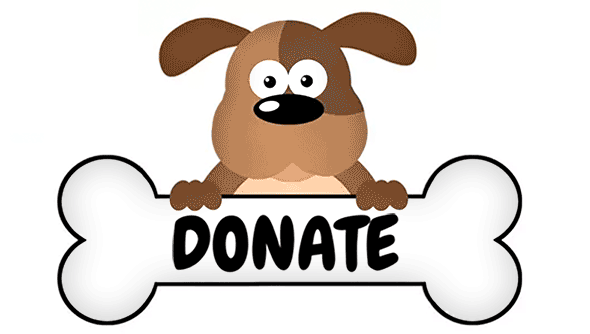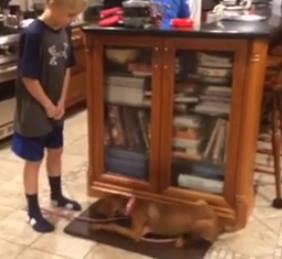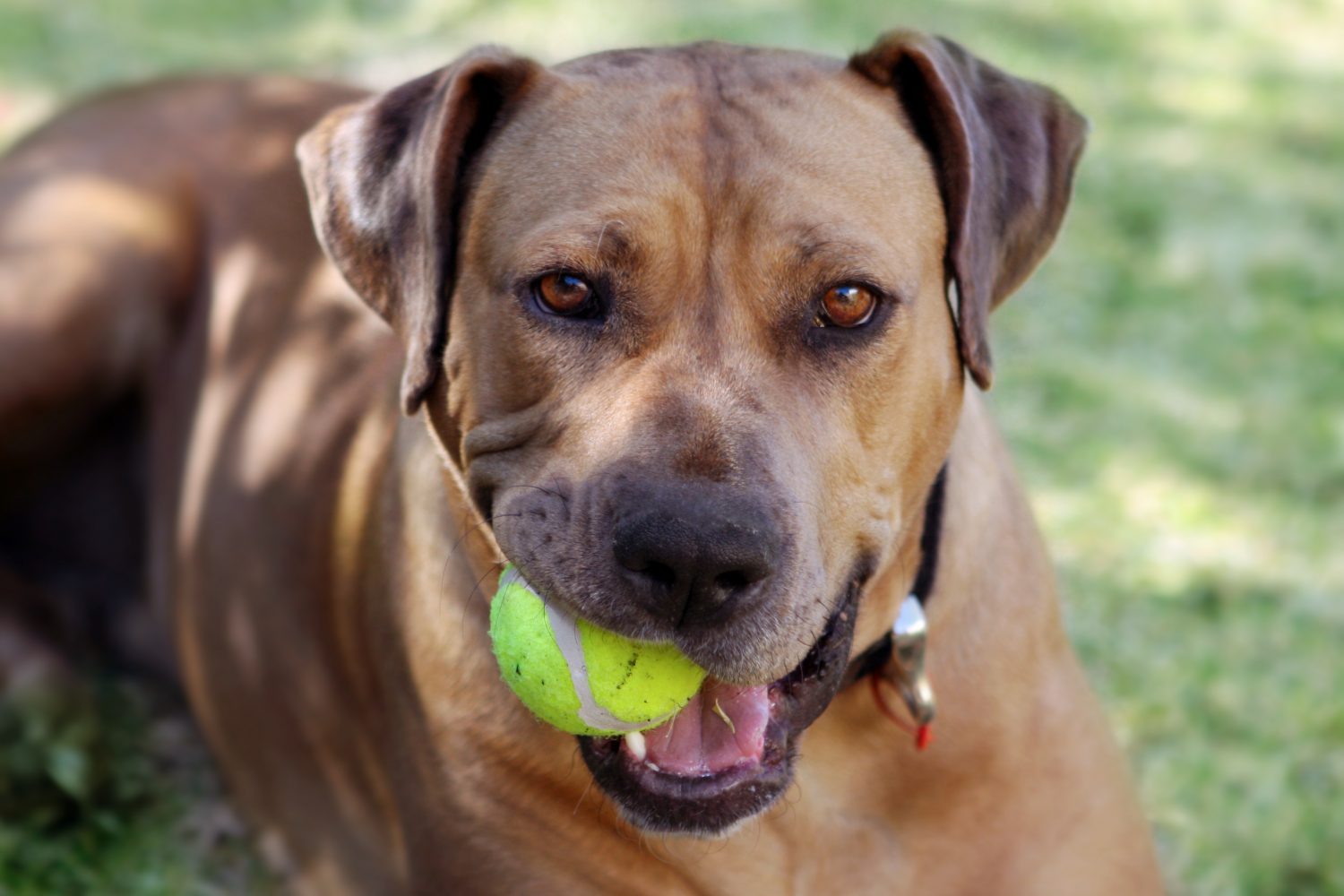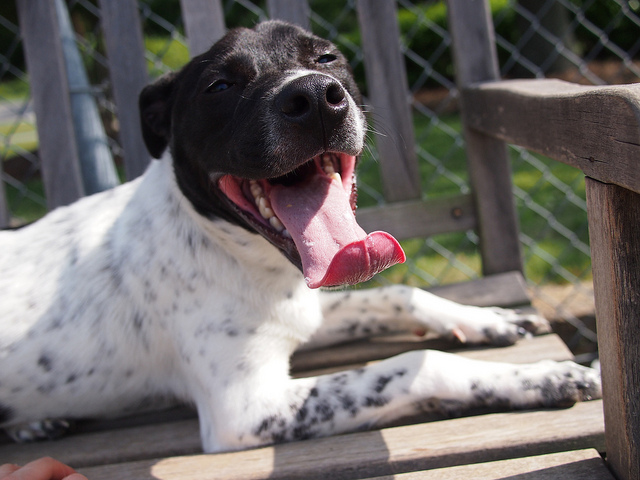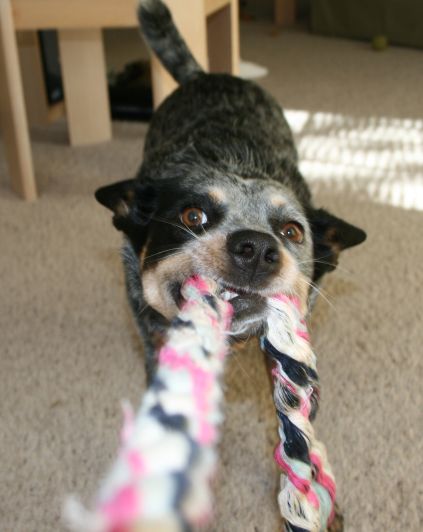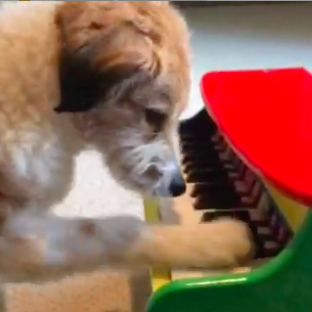Old School vs. New School: How Children and Dogs Learn

Photo by Tony Alter on Flickr
Written by E. Foley
Have you ever needed to explain the value of positive training to someone who is new to being a dog person? Or to someone who grew up with dogs in the era when choke chains and leash pops were the training methods that everyone used?
I’ve got a way to explain it for you. None of us have been dogs, but all of us have been children, so before I talk about positive dog training, I want to tell you about Catholic school.
The bulk of my early education was in Catholic school.
With nuns.
In a convent.
It was by turns the best and worst of educational experiences. On the positive side, I learned a lot. When I entered public high school as a freshman, I was taking mostly honors sophomore classes.
But that education came with a price. What price? The majority of the stories I remember about Catholic school are the ones where the nuns were terrible to us.
No Dogs Go to Heaven
Second grade. A little girl in our class was crying and Sister asked her what was wrong.
“My dog died yesterday,” she said between sniffles. “Sister… is my doggy in heaven?”
Sister bristled and spat out, “No. Animals don’t have souls.” She immediately resumed teaching while my classmate openly wept at her desk.
Don’t Think Outside the Box
The nun who taught art had very specific ideas of how things should and should not be done. One day, she passed out a coloring sheet: a picture of a bird perched in a tree.
“The bird should be colored blue,” she instructed. “And you should color his head side to side and his breast up and down.”
Then she walked around the room while we colored. If you were coloring “wrong,” she would slam her hand down on your coloring sheet, pull it from your desk, and slap down a new one.
Wrong. Wrong. Wrong.
I vividly remember learning multiplication. We were taught the basics and then given a large packet of multiplication problems. When you completed the packet, you brought it to Sister’s desk, where she took a large red marker and put Xs by the ones you got wrong. Then she handed the packet back to you so you could go back to your desk and try again.
There was no acknowledgment of what you did right.
There were no tips to help you move in the right direction.
Just wrong. Wrong. Wrong. Go back and fix it.
Why I Peed My Pants
The second grade teacher was the meanest of them all. She seemed to enjoy yelling at children, and being a very shy girl and very conflict-avoidant, I tried my best to fly under her radar.
So one day when she had already yelled at one student for asking to use the bathroom at a non-bathroom-break time, I had a decision to make.
I really, really, really had to pee, but I knew Sister would yell at me in front of the class if I asked.
I made a calculated decision. The trouble I would get in (and social cost) of wetting my pants was preferable to getting yelled at. There was no way I could hold it until break time, so I wet myself.
…and What Did I Learn?
In my school, I learned because I was afraid to fail, not because I was motivated to learn.
And I learned these lessons:
- Don’t ask questions.
- Adults are mean, so it’s best to avoid interacting with them.
- Don’t try anything outside the box.
- It’s not right unless it’s perfect.
This is Your Child on Positive “Training”
Education has come a long way since the days when your teacher could slap your hand with a ruler (or worse, bend you over and paddle you!). Parenting has made equal strides as we’ve moved out of the age when spanking was an acceptable method of discipline for unruly children.
Child psychologists will tell you that children respond far better to positive reinforcement. If you can “catch” your child being good and praise them for the behavior, they are more likely to repeat the behavior. If you praise your child for having a clean room, they are more likely to keep it clean. If you praise your child for sharing their toys, they are more likely to continue to play nicely with others.
An equally acceptable method is called negative punishment. But wait! It’s not what it sounds like. In operant conditioning, the “negative” of negative punishment means you remove something that the child enjoys. For example, if siblings are fighting over what to watch on TV, you turn off the TV. In the future, when faced with a similar situation, the children will (hopefully) work out their differences so they can retain their TV-watching time.
This is Your Dog on Positive Training
At Your Dog’s Friend, we use positive training methods. In positive training, we use the clicker to “mark” good behaviors. It’s like snapping a photograph!
“Right there! That’s what I like!!”
The click is followed immediately by a tasty treat. The dog will begin to think, “What can I try that will earn me a click and a treat?” This is the most exciting part of clicker training and something we refer to as “shaping.”
You see, positive training doesn’t rely on perfection. You can reward the baby steps toward the finished behavior. This allows you to teach behaviors that are impossible to train by force methods. For example, check out this amazing video where a dog is taught to stick his nose in water and blow bubbles!
…What Does Your Dog Learn?
Through positive training, your dog learns:
- If I do well, I get treats and praise! (And later, I’m cool with just a “Good boy!”)
- If I make a mistake, nothing happens. (Or at worst, my Mom or Dad redirects me to a better choice.)
- I can try new things and see what Mom or Dad likes.
- Humans are a source of happy times! I like finding ways to please them.
We have students who come to us as their first experience with positive training after having tried other methods. They are amazed at how their dog opens up, gains confidence, and absolutely LOVES coming to class. My own dog, Titania, will actually start to jump up and down and whine excitedly when we turn the car to get on Parklawn. And her excitement goes through the roof when we pull into the YDF parking lot. School is FUN!
Join us at Your Dog’s Friend
Every class at Your Dog’s Friend is taught with positive methods, so whether you’re looking to teach your puppy to stop nipping, your newly-adopted dog to stop bolting out the door, or your old dog some new tricks, we’re here to help make the bond between you and your dog stronger.
Check out our available classes or come to one of our free weekend workshops.
